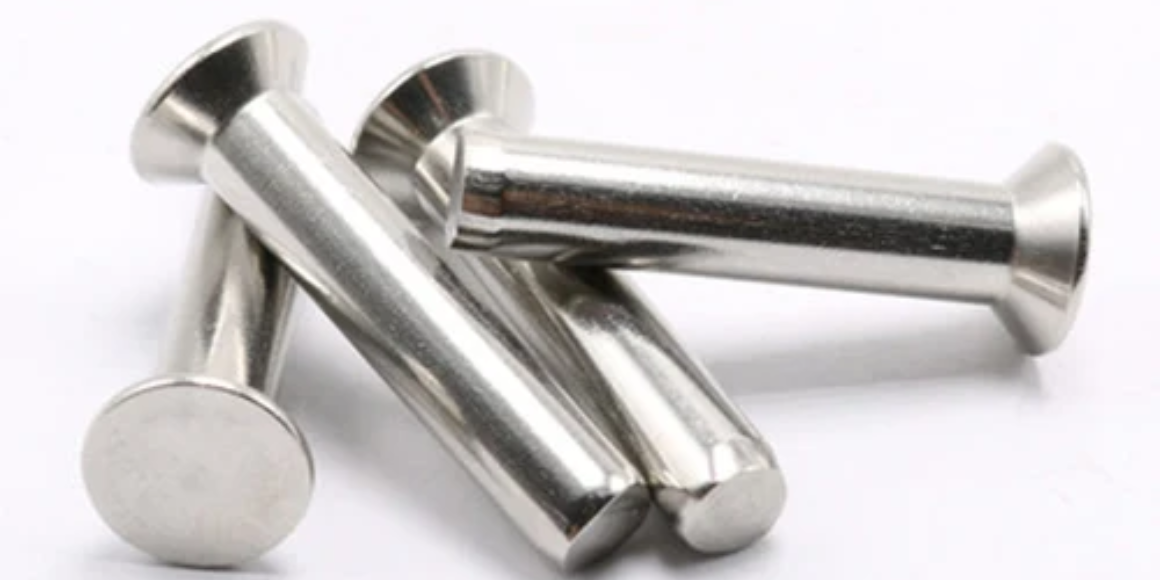We write a lot about blind rivets, lockbolts, threaded inserts, and other types of fasteners, but we don’t want to overlook solid rivets. Solid rivets are probably the oldest and most reliable type of fastener and have been used for millennia. The ancient Egyptians used rivets to fix clay pots, and the Vikings used them to secure the planking in longboats. With every new application for solid rivets that emerged, new rivet materials were needed.
Read MoreLooking for something specific?
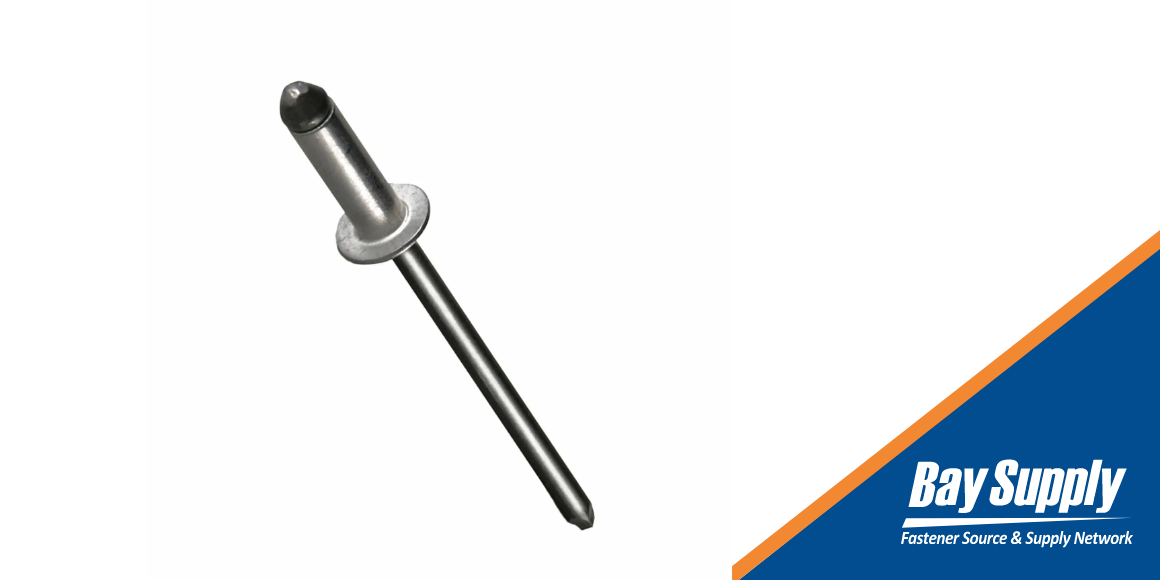
Everything You Need to Know About Easy Entry Rivets
When installing blind rivets, you can encounter any number of problems. For example, the rivet diameter may be wrong for the hole size, the rivet may have the wrong grip length to make a firm joint, or you may have chosen the wrong rivet materials for the job. A common problem is the holes in the material being misaligned. If the holes don’t line up, it can be impossible to install the blind rivet correctly.
Read More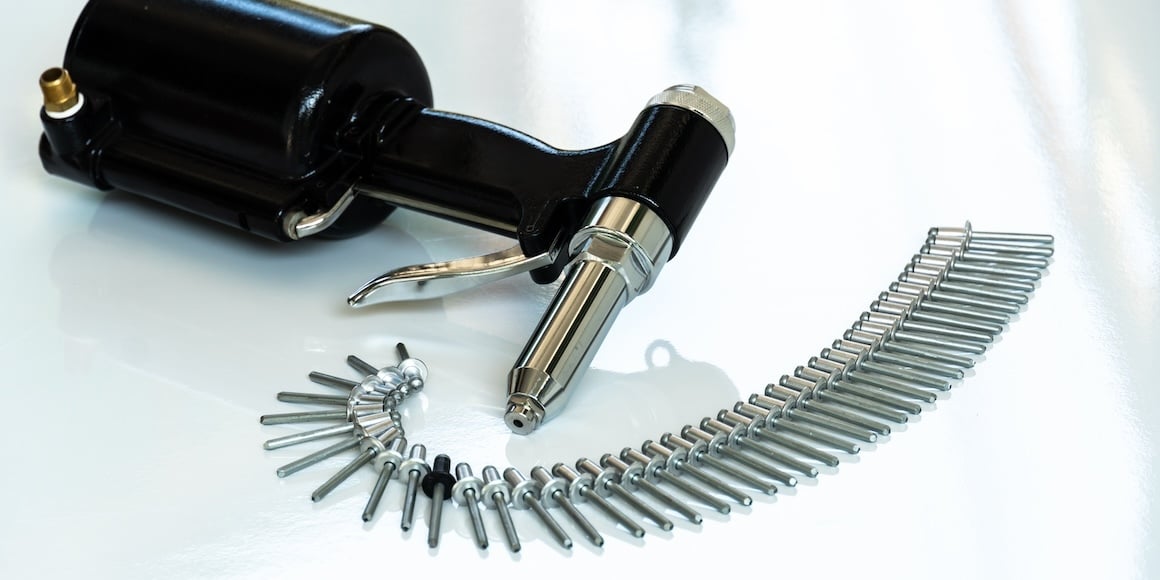
What Are the Main Types of Blind Rivets?
Although humans have been using rivets for millennia, blind rivets are an innovation of the 20th century. Blind rivets are easy to install, solid, reliable, and have a clean and consistent finish. Blind rivets are so versatile that people continually find new uses for them in manufacturing, construction, and repair.
Read More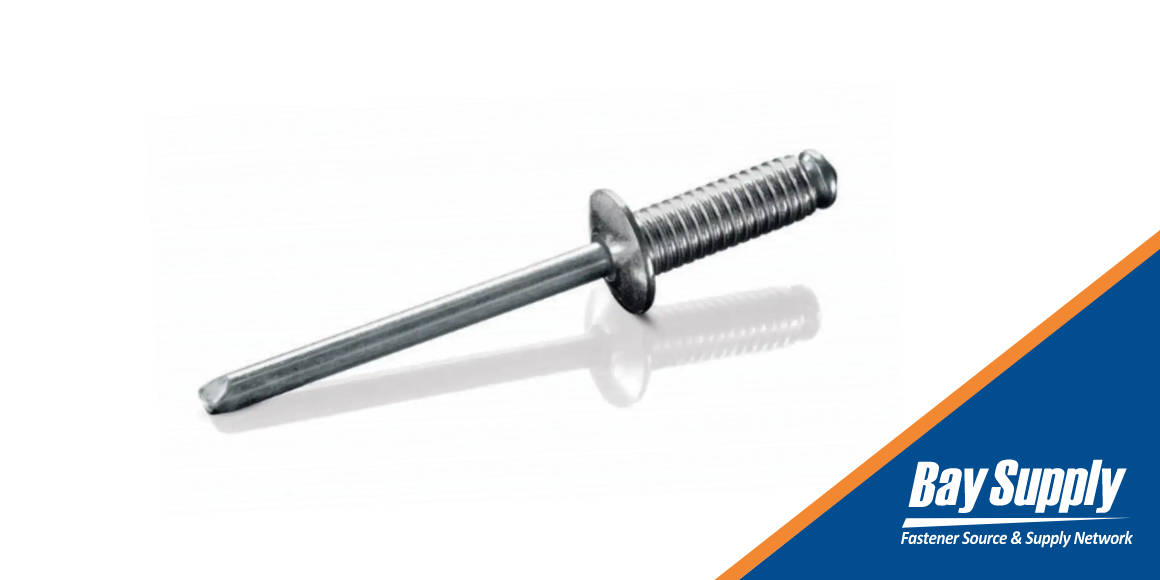
Types of Grooved Blind Rivets and When to Use Them
Blind rivets are incredibly useful and have become commonplace in construction, manufacturing, and industrial applications. There are instances when you need a blind rivet that delivers extra strength and won’t pull out of the hole—many of which are ideal applications for grooved blind rivets. Grooved blind rivets are secure in the hole and won’t fail or pull out under stress.
Read More
A History of Soft Set Rivets
Rivets have been used to build boats, make tools, construct buildings, and for other applications nearly as far back as we have recorded history. However, the construction of the rivets and their applications continues to evolve.
Read More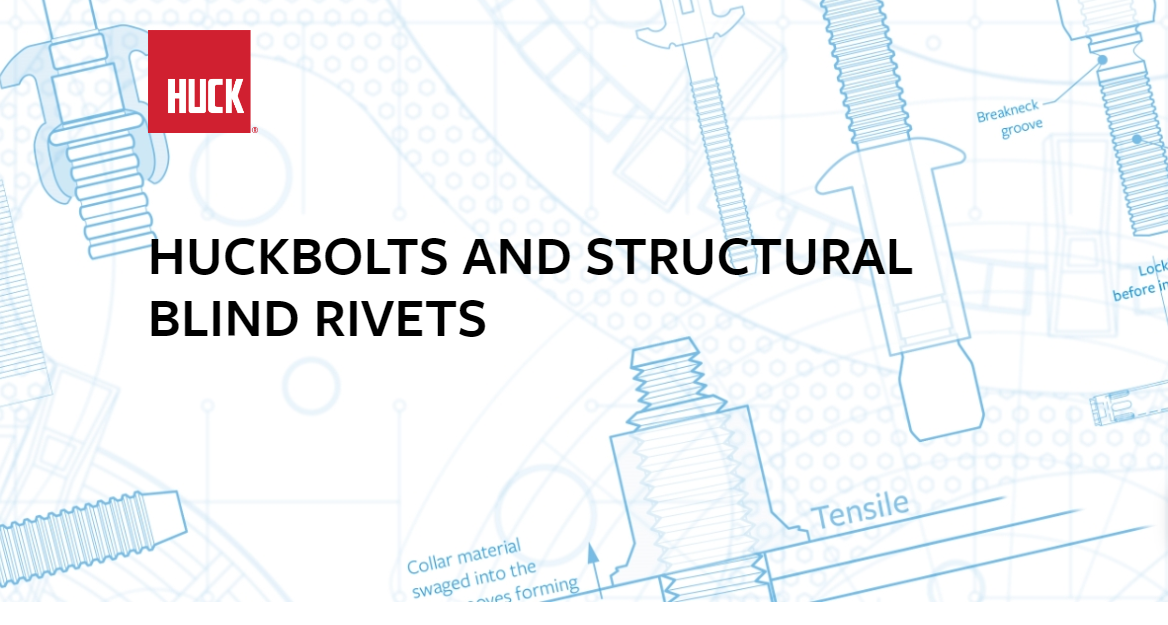
Everyone in the fastener business has heard of Huck fasteners. Huck, now a division of Howmet Aerospace, has been producing lockbolts and blind rivets since the 1930s. Today, they are used in a wide range of transportation, construction, manufacturing, and other applications. And the engineers at Huck continue to innovate with new bolt designs and applications.
Read More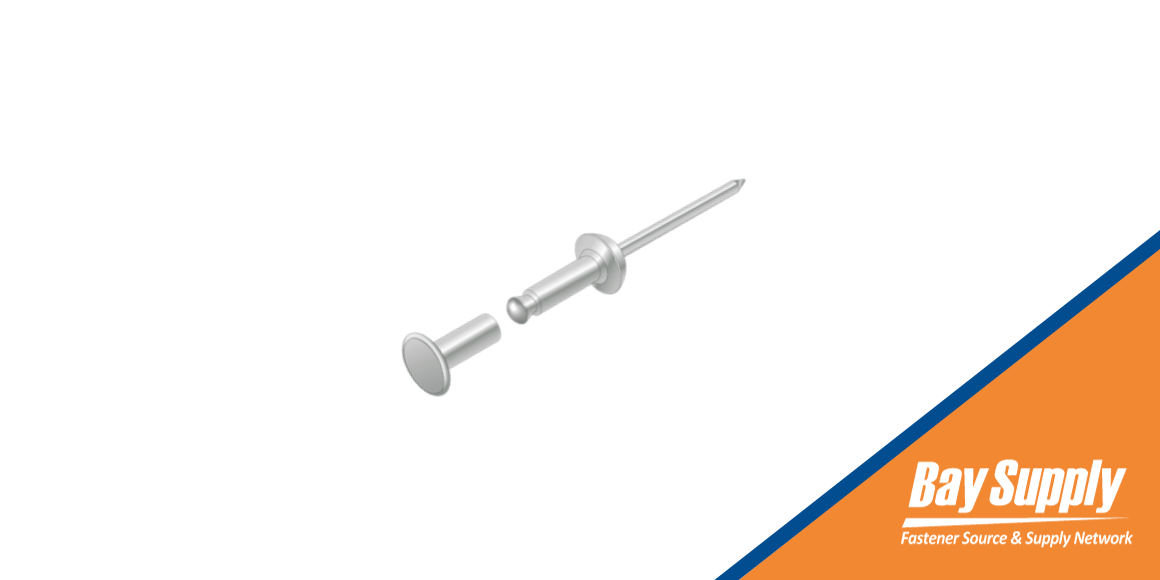
Rivets provide a permanent joint between two pieces of material—for example, airplane skins or solar panels—by pressing the material together. When you have thinner materials and want a firm joint, conventional rivets or blind rivets work well. However, sometimes you need rivets that have a longer grip length or can serve as a pivot point. In such cases, it makes sense to use mate rivets, sometimes called Cherrymate rivets or semi-tubular rivets.
Read More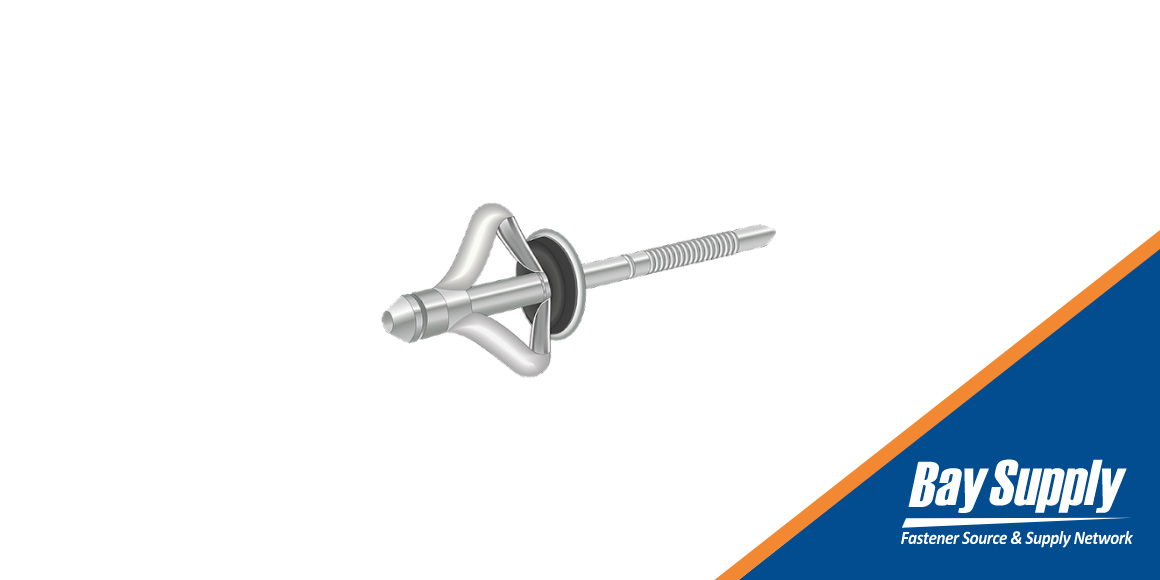
Structural vs. Non-Structural Bulb Rivets
Humanity has used rivets for millennia, starting with the Egyptians more than 5,000 years ago. Because rivets have such a long history, they have evolved significantly over time, and today’s specialty rivets offer different tolerances for specific applications. Bulb-tite rivets continue to be one of the most versatile types of rivets.
Read More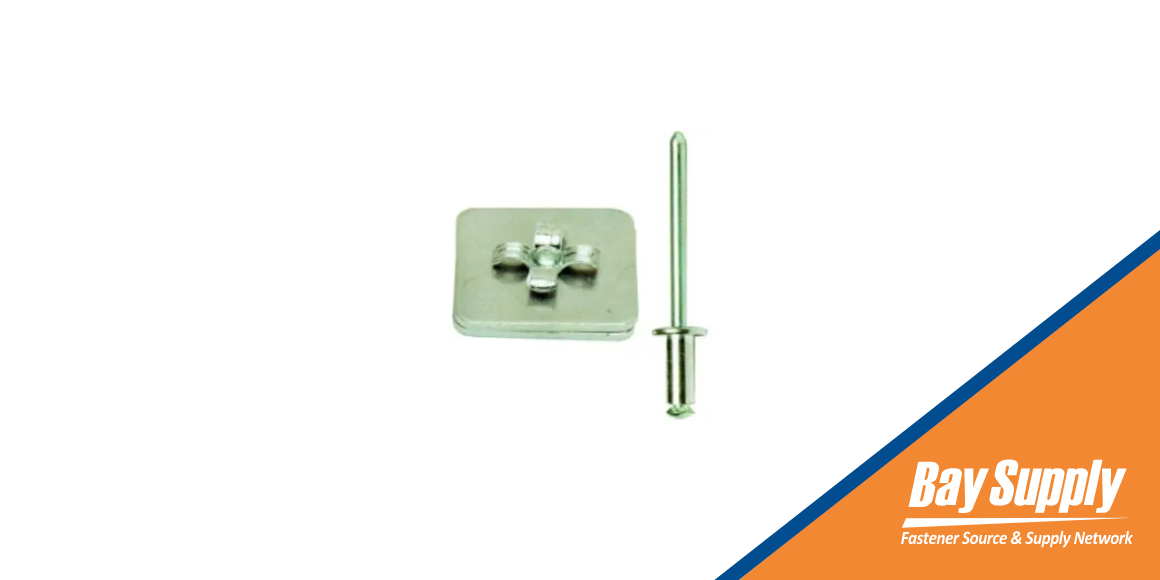
Blind fasteners are available for every application imaginable, from building cars and trucks to installing circuit boards. Choosing a suitable blind fastener for the job means matching the fastener to the materials. You want to select a fastener that delivers optimal performance, whether you’re installing fasteners in steel, wood, or plastic.
Read More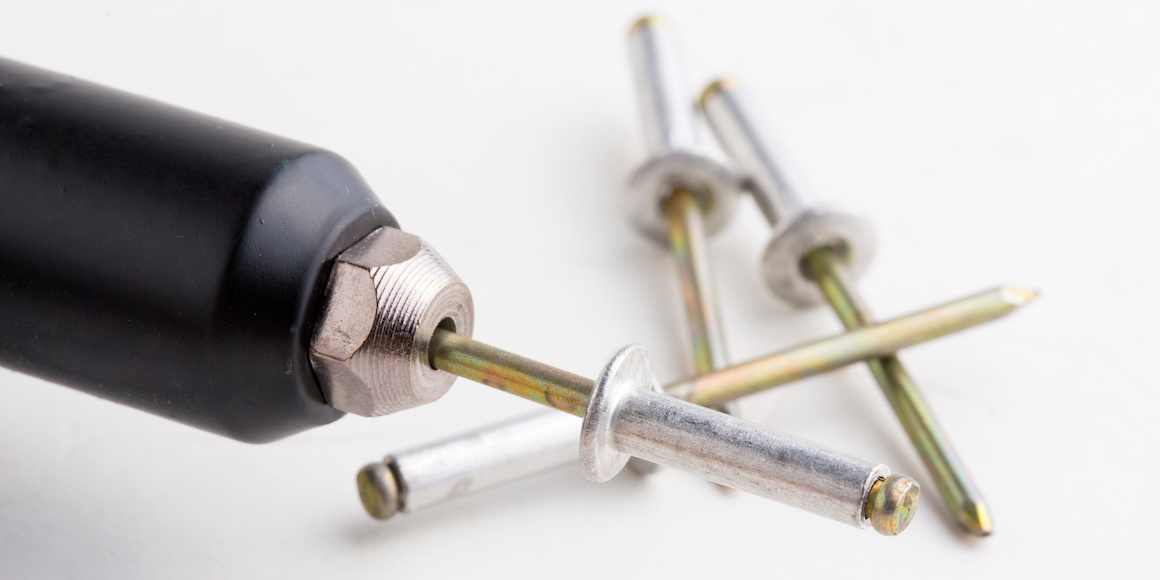
If you are familiar with fasteners, then you know pop rivets are among the most popular blind bolts. Pop rivets are easy to install and create a lasting joint that will resist vibration. However, as with all types of rivets, you must choose the right pop rivet for the application and the right pop rivet tooling option to install it.
Read Morecurrent_page_num+2: 4 -

